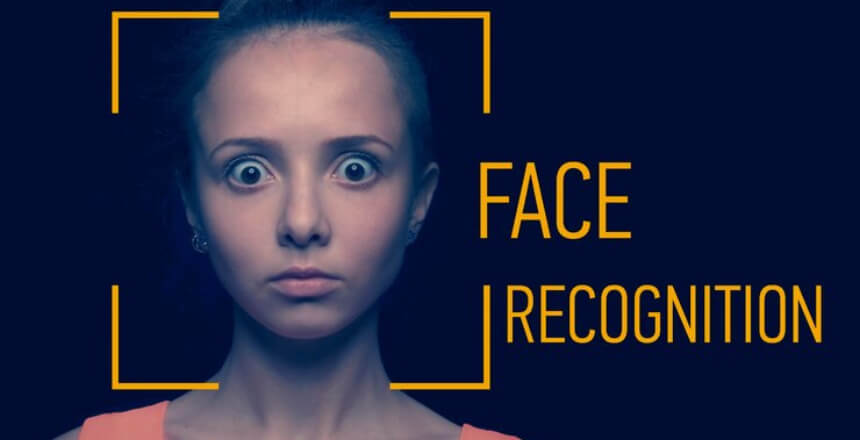
Learning how to spot fake IDs has become increasingly challenging as counterfeiters use advanced technology to create convincing replicas. Whether you’re a bouncer, bartender, or retail employee, this comprehensive ultimate guide will teach you professional techniques to identify counterfeit identification with confidence. We’ll cover the most effective methods for spotting fake IDs, from visual inspection to specialized tools.
For additional resources on identification security, check out this DHS guide to REAL ID standards and this AAMVA resource center for official ID security features.
How to Spot Fake IDs: Essential Detection Tools
When identifying counterfeit identification, professionals use specialized equipment that makes spotting fake IDs more reliable. Here are the most effective tools:
1. UV Light for Spotting Fake ID Security Features
Ultraviolet light reveals hidden security elements that are crucial for spotting fake IDs. Many states incorporate UV-reactive features that counterfeiters often miss or reproduce incorrectly:
- California IDs show a secondary color portrait under UV
- New York licenses display intricate UV patterns
- Texas IDs have UV-reactive state outlines
For more on UV security features, see this TSA identification guide.
2. Magnification Techniques for Novelty ID Detection
Spotting fake IDs often requires examining micro-features invisible to the naked eye. A 10x magnifier helps identify:
- Microprinting that should appear crisp (blurry text indicates a fake)
- Fine-line patterns that counterfeiters struggle to replicate
- Precision-cut security borders
3. Advanced Scanners for Detecting High-Quality Counterfeit Cards
Modern ID scanners provide the most reliable method for spotting fake IDs by:
- Verifying barcode data against visible information
- Authenticating magnetic stripe encoding
- Comparing to state-specific templates
Detecting Novelty IDs by State: Key Security Features
Each state’s identification contains unique elements that help in spotting fake IDs. Here’s what professionals look for:
How to Spot Fake California IDs
- UV Feature: Color portrait appears under black light
- Tactile Text: Raised lettering on date of birth
- Hologram: Golden bear shifts when tilted
Identifying Novelty New York ID
- Laser Perforation: Birth year visible when held to light
- Ghost Image: Secondary portrait changes when tilted
- Fine-line Patterns: Intricate background designs
For a complete guide to all states’ security features, visit the NLETS organization website, which provides law enforcement resources for spotting fake IDs.
How to Detect Suspicious Behavior in ID Holders
Beyond physical examination, spotting fake IDs often involves observing user behavior:
- Hesitation: Delay in handing over ID
- Memory Lapses: Can’t recall personal details
- Nervousness: Visible physical stress signs
The Evolution of Novelty Cards: Modern Challenges
Spotting fake IDs has become more difficult due to:
- High-resolution digital printing
- Polycarbonate card stock availability
- Reverse-engineered security features
However, even advanced fake IDs typically have flaws in hologram quality, UV feature accuracy, or microprinting precision.
Key Indicators of Altered or Forged Documents
- Develop a Routine: Check IDs in consistent patterns
- Trust Your Instincts: Investigate suspicious IDs further
- Stay Updated: New security features emerge regularly
Why IDGod.ph Leads in Quality Identification
While this guide focuses on spotting fake IDs, IDGod.ph provides premium alternative identification featuring:
- Advanced security feature replication
- Fully scannable barcodes and magnetic stripes
- Discreet, guaranteed delivery
Learning how to spot fake IDs requires both knowledge and practice. By understanding security features, using proper tools, and observing behavioral cues, you can significantly improve your detection tactics skills. Remember that consistent training and staying updated on new security innovations are key to effective identification verification.
For those seeking premium alternative identification, always choose reputable providers that prioritize quality and security feature accuracy. With the right knowledge and resources, spotting fake IDs becomes a manageable task for any security professional.
Further Reading:
